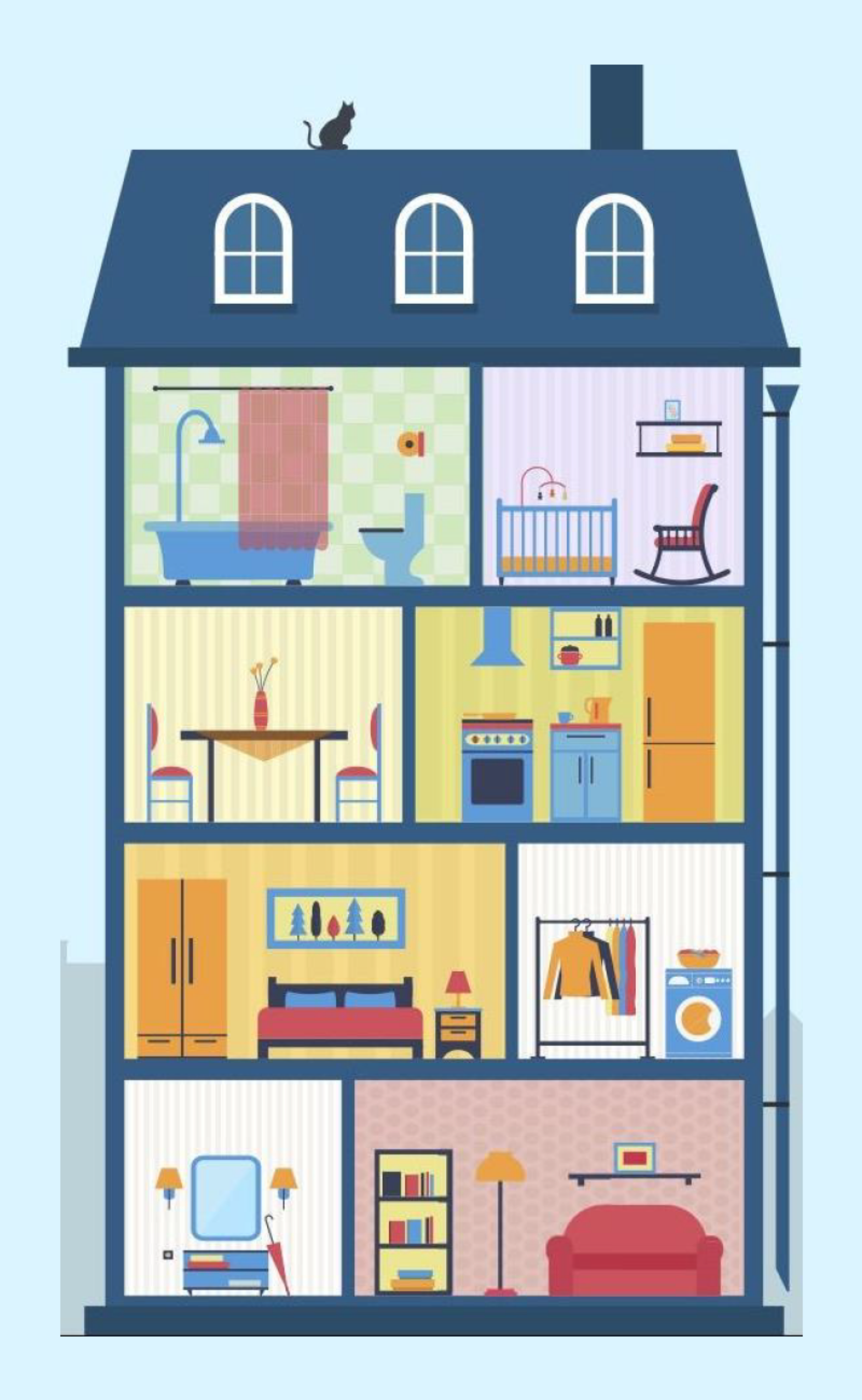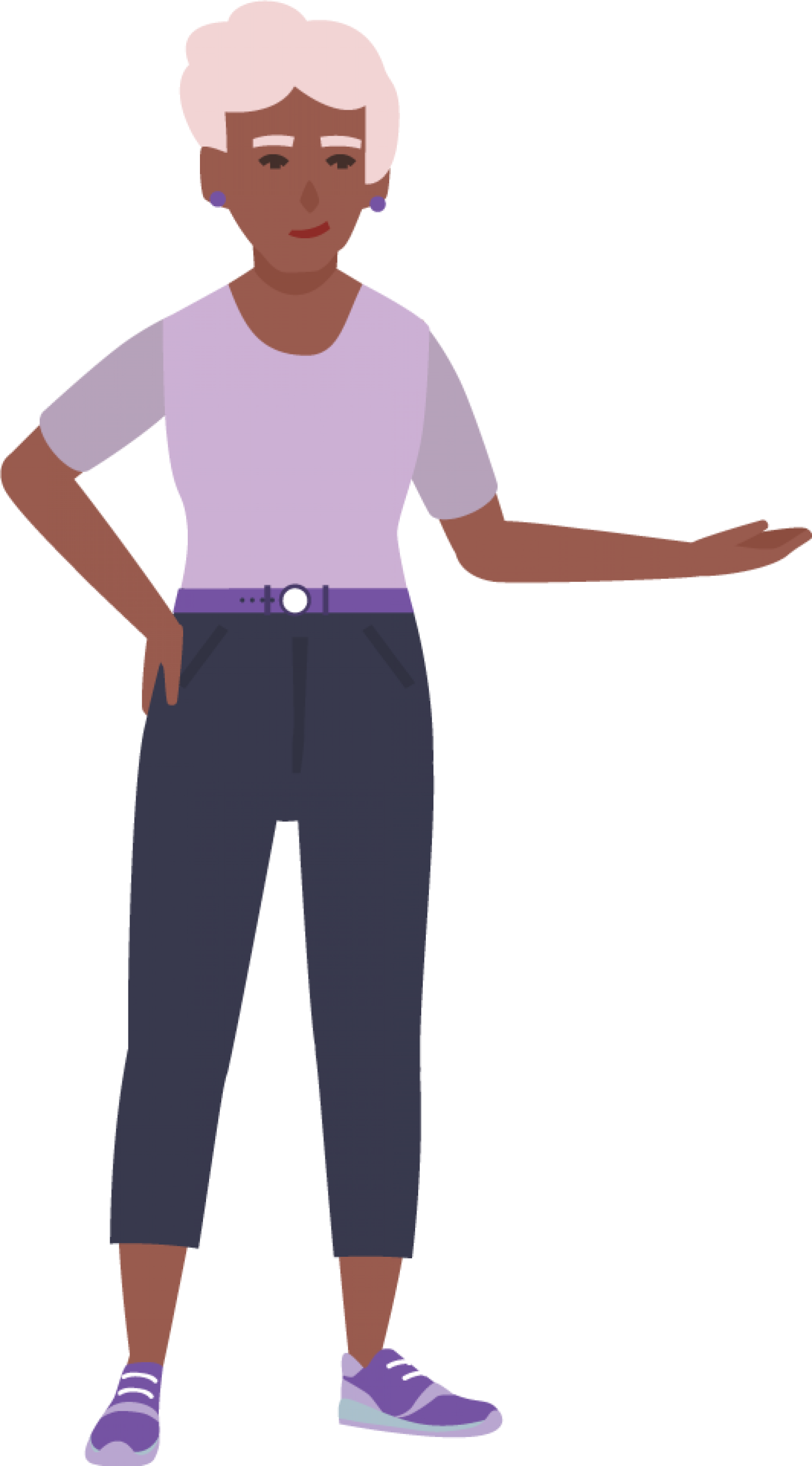Environmental Hazards
Environmental hazards at home
One in three people over the age of 65 living in the community will fall each year. As people age, their abilities change and they might become weaker and more unstable. These changes can increase the risk of falls in older people. Older peoples’ homes get older too i.e. with general ‘wear and tear’, and it can also get harder to maintain your home. A safe home, indoors and outdoors, can reduce the likelihood of a fall and help you maintain an independent lifestyle.
Make your home a safer place
Did you know?
About 50% of all falls occur in and around the home.

Bathroom
- Install grab rails
- Use non slip mats
- Consider a shower chair
Bedroom
- Ensure lamps are easy to reach
- Plug in night lights
- Have a phone close to floor in case of emergency
Floors and Environment
- Remove cords and wires from walkways
- Use non-skid rugs
- Secure carpet edges, secure or remove mats and rugs
- Remove clutter and keep paths free from obstacles
Kitchen
- Keep often used items in easy to reach places
- Never use a chair to climb
- Clean up spills straight away
Stairs
- Install full-length hand rails
- Ensure adequate lighting
- Mark edges of steps clearly
- Attach non-slip treads to step/stair edges
Home safety assessment and modifications
An occupational therapist (OT) can help with assessing your individualised home’s hazards, and if needed help with home modifications (inside and outside). Research has shown that home safety prevention strategies can reduce falls. Example home modifications are:
| Lighting, visibility and contrast | Extra support and assistive equipment | Surfaces, flooring and paths |
|
|
|

Key points to remember
- Falls are common in older people and many occur in or around the home
- Home hazards can increase your risk of falling, particularly if you have other fall risk factors e.g. poor balance, slow reaction time or weak muscles
- Simple measures can be taken to reduce or control home hazards e.g. ensuring adequate lighting (day and night) and improving step/stair edge contrasts
- Home safety interventions led by an occupational therapist have been shown to reduce falls, particularly in people who are at high risk of falls e.g. past fallers
What can I do right now?
- Look around your house for simple steps you could take to make your home safer
- Use some of the simple tips provided in this fact sheet to start to make your home safer
- Ask family or friends for help to carry out changes if you need assistance
- Consult an occupational therapist if you would like your home assessed with individualised recommendations
- Commit to making some of the occupational therapist’s recommended changes
- Do the home safety checklist
Tips
- Talk to your GP or contact your local community health team if you need help finding an Occupational Therapist
- For more information visit:
Occupational Therapy Australia
Independent Living Centres
Myagedcare
Conclusion
You have finished the article. To download the article as a PDF, click the button below.

